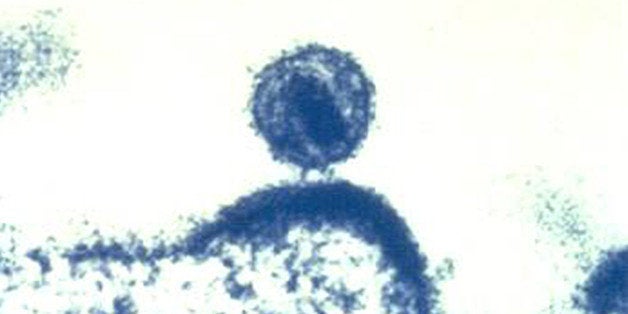
By Julie Steenhuysen
CHICAGO, Nov 25 (Reuters) - Just 30 percent of Americans living with HIV have the virus in check, putting others at risk of infection, U.S. health officials said on Tuesday.
The report by the U.S. Centers for Disease Control and Prevention (CDC) found that 840,000 of the 1.2 million people infected with HIV in 2011 were not consistently taking anti-HIV drugs that keep the virus suppressed at very low levels.
Of that number, 66 percent had been diagnosed with HIV but were not getting regular care; 20 percent did not know they were infected, and 10 percent were prescribed anti-HIV medicine known as antiretroviral treatment but were still not able to get the virus under control, and 4 percent of patients were under physician care but were not prescribed antiretroviral medicines.
Studies have shown that viral suppression can extend the lives of people infected with the virus and can cut the risk of transmitting the infection to others by as much as 96 percent.
According to the CDC, the percentage of Americans with HIV who achieved viral suppression remained roughly stable, with 30 percent achieving that goal in 2011, the latest year for which data are available, compared with 26 percent in 2009.
Young people were least likely to have the virus in check, the report found. Only 13 percent of people aged 18-24 achieved viral suppression in 2011 compared to 23 percent of those aged 25-34, 27 percent of those aged 35-44, 34 percent of those aged 45-54, 36 percent of those aged 55-64, and 37 percent of those aged 65 and older.
The researchers attribute the disparity in large part to fewer than half (49 percent) of 18-to-24-year olds with HIV having been diagnosed.
"There is untapped potential to drive down the epidemic through improved testing and treatment, but we're missing too many opportunities," Dr. Jonathan Mermin, director of CDC's National Center for HIV/AIDS, Viral Hepatitis, STD, and Tuberculosis Prevention, said in a statement.
According to the CDC, as many as 50,000 Americans become infected with HIV each year.
The CDC recommends treatment with antiretroviral drugs for everyone infected with HIV, regardless of how many copies of the virus are circulating in a person's blood, a term known as viral load. (Reporting by Julie Steenhuysen; Editing by Grant McCool)
